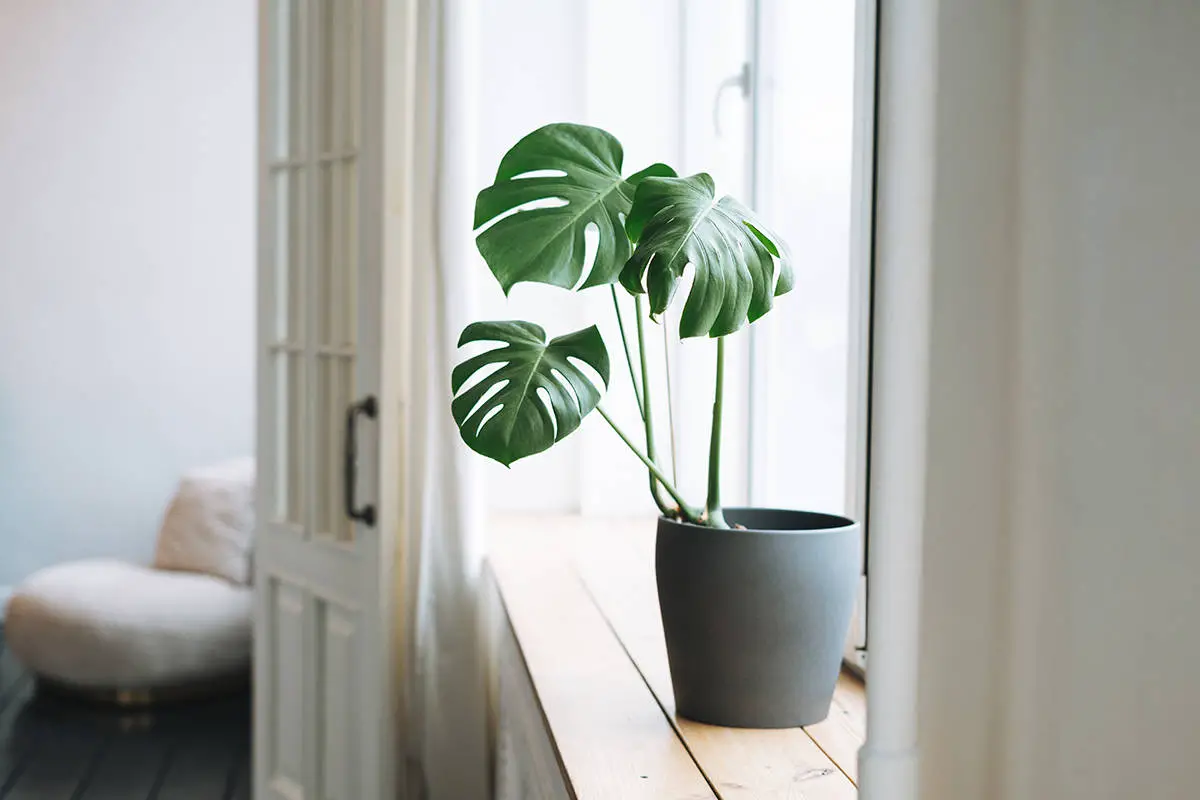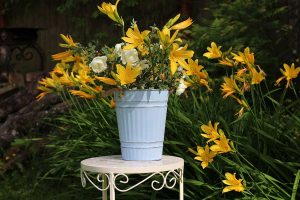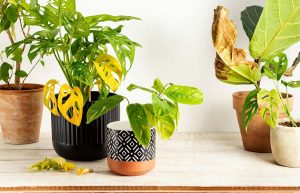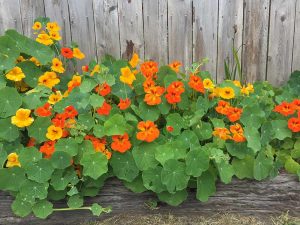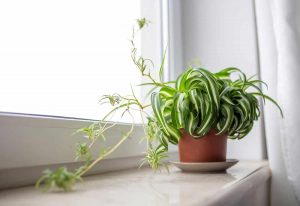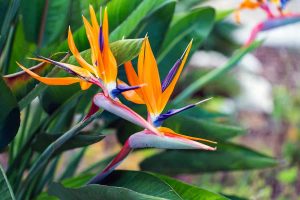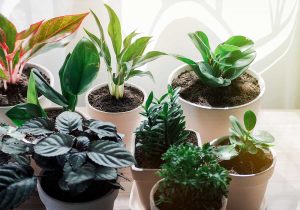Have you ever admired the lush, tropical vibes of Monstera plants at a friend’s house or in a chic coffee shop and wondered how you could replicate that look in your own space? Monsters come in a variety of stunning forms, each with unique features that can dramatically enhance any room.
From the broad, majestic leaves of the Monstera deliciosa to the striking fenestrations of the Monstera adansonii, this post will guide you through the most popular types, helping you find the perfect Monstera for your indoor jungle.
Table of Contents
- Monstera ‘Thai Constellation’
- Monstera ‘Aurea Variegata’ (M. Deliciosa ‘Marmorata’)
- Monstera Deliciosa ‘Variegata’
- Monstera Adansonii
- Monstera Obliqua
- Monstera Siltepecana
- Monstera Borsigiana
- Monstera Pinnatipartita
- Monstera Standleyana
- Monstera Acuminata
- Monstera Dubia
- Monstera Esqueleto
- Monstera Lechleriana
- Monstera Epipremnoides
- Monstera Spruceana
- Monstera Subpinnata
- Monstera Peru
- Monstera ‘Mint’
Monstera ‘Thai Constellation’
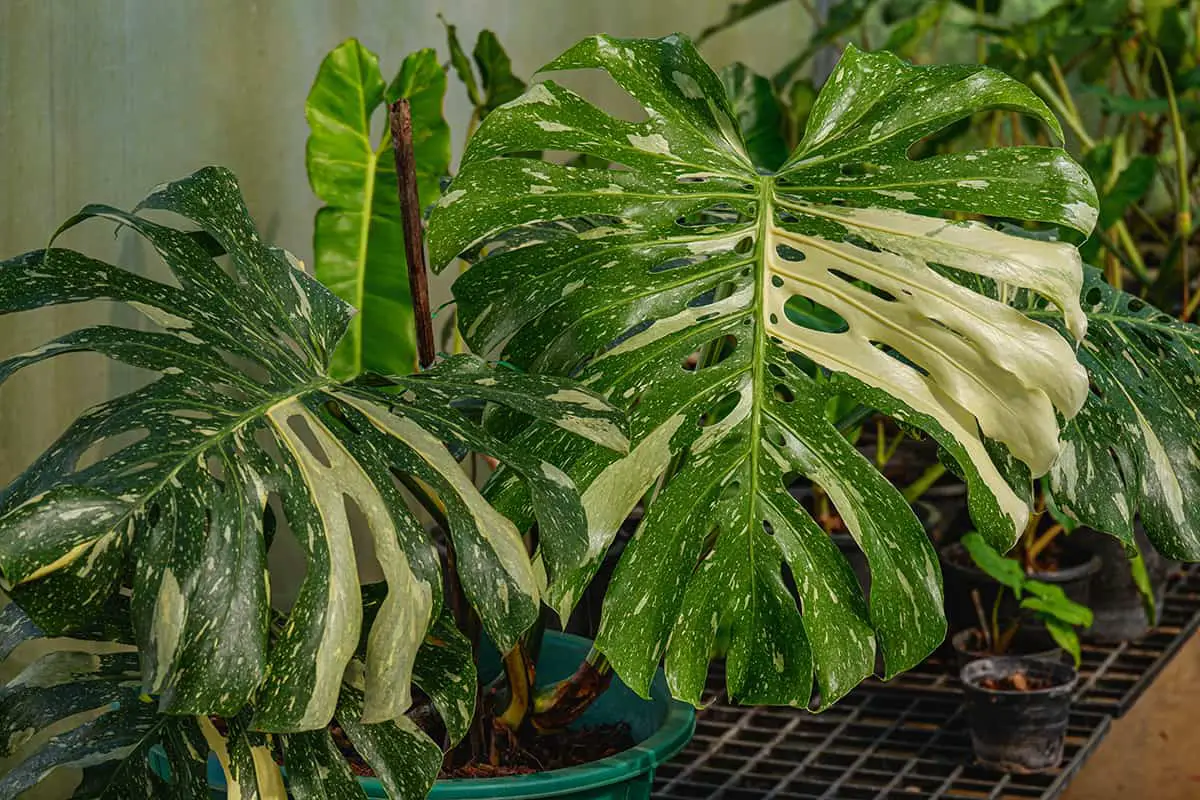
- Origin: This houseplant is a cultivar of the Monstera deliciosa species.
- Hardiness Zone: It thrives best in USDA zones 10-12.
- Sun Requirements: Bright, indirect sunlight suits it well.
- Height: It can reach up to 10 feet indoors with proper care.
The Monstera ‘Thai Constellation’ is a striking variegated variety. Its large, glossy leaves feature a unique pattern of creamy white or yellow blotches. These patches result from natural genetic mutations, giving your Monstera ‘Thai Constellation’ a stellar appearance.
Caring properly for your ‘Thai Constellation’ ensures healthy growth. The variegation in its leaves makes each plant one of a kind, and its climbing nature means you may want to provide a support structure.
Monstera ‘Aurea Variegata’ (M. Deliciosa ‘Marmorata’)
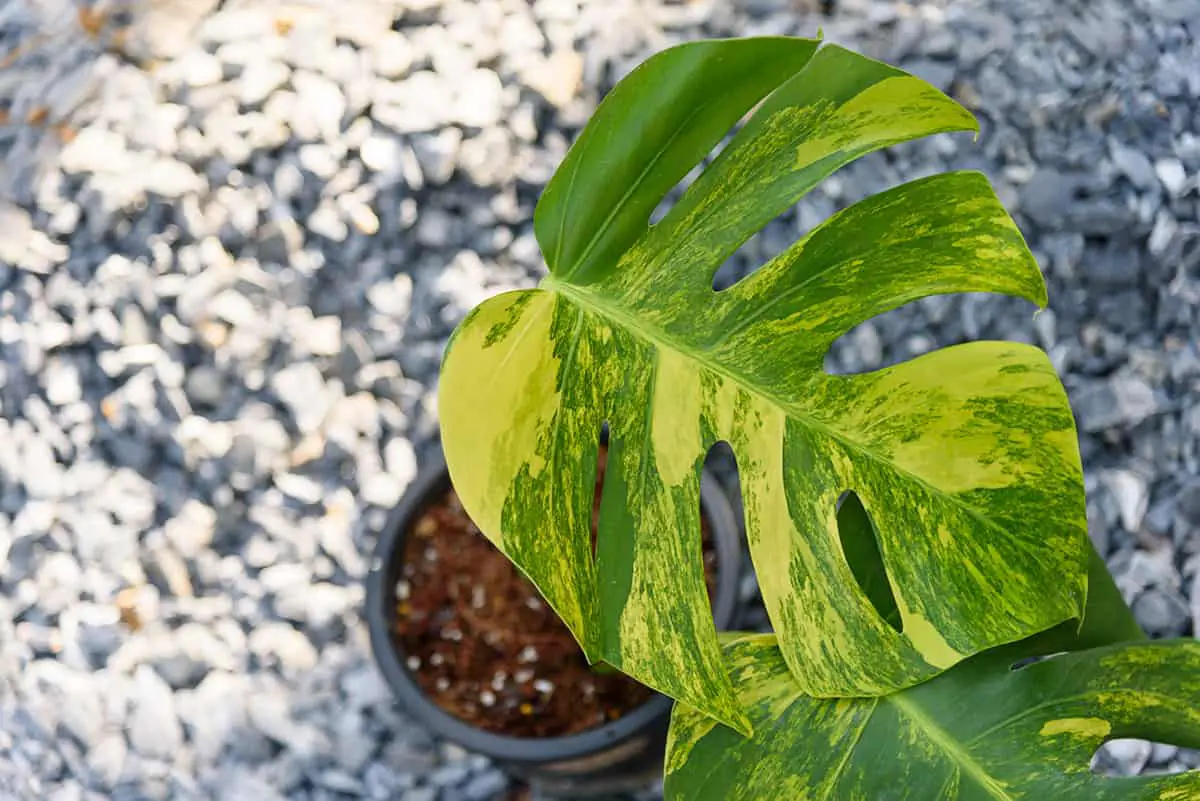
Origin: Native to tropical forests from Mexico to Panama.
Hardiness Zone: Suitable for USDA zones 10b-11.
Sun Requirements: Prefers bright, indirect light for optimal variegation.
Height: Can reach up to 10 feet indoors with proper support.
This variety has distinct yellow and white coloring due to growth mutations, which alter the plant’s chlorophyll levels and contribute to its unique appearance. Its appealing variegation contrasts with deep green foliage.
Your ‘Aurea Variegata’, commonly known as ‘Marmorata’, enhances any indoor space. It shares the iconic split leaves of its Monstera deliciosa relatives. As a climber, it requires a stake or trellis to support its growth. This plant is also known for its air-purifying qualities.
Care for your ‘Aurea Variegata’ includes regular watering. Allow the soil to dry between waterings, and use a well-draining soil mix to prevent root rot. Pruning helps maintain shape and encourage more variegation.
Monstera Deliciosa ‘Variegata’
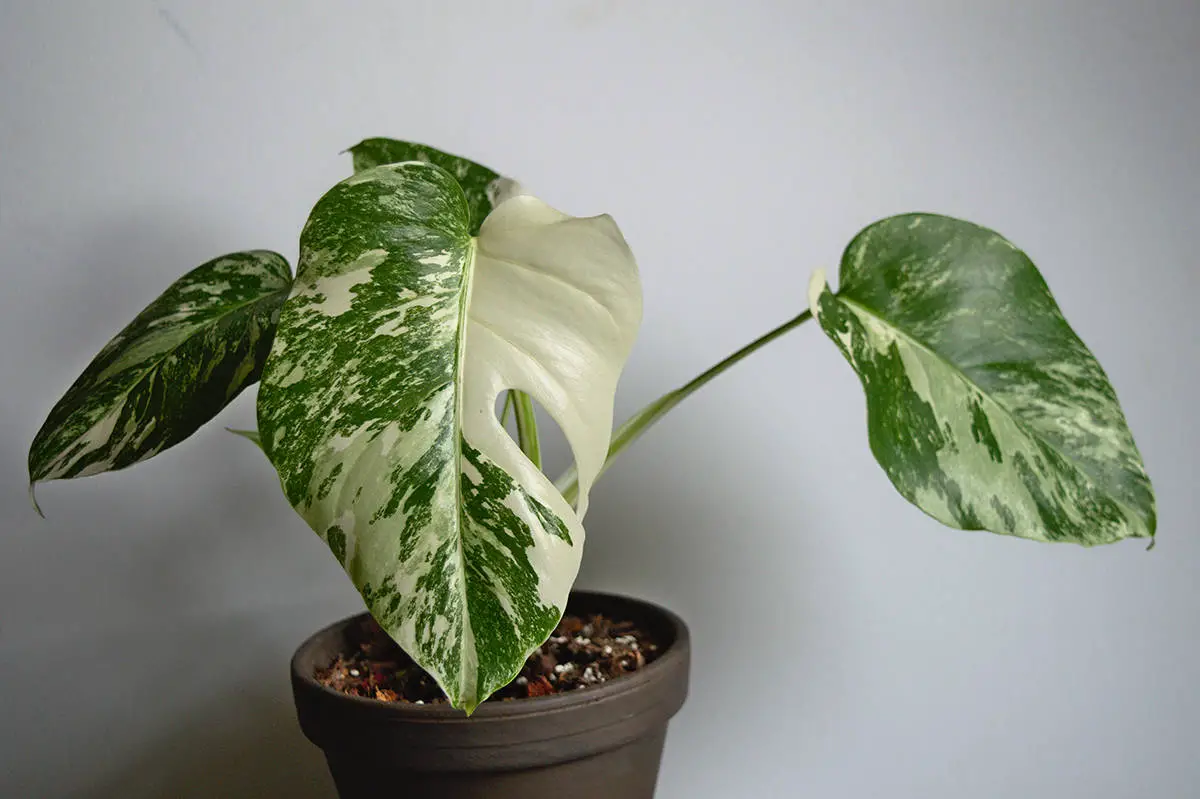
- Origin: Central America
- Hardiness Zone: 10b to 11
- Sun Requirements: Bright, indirect light
- Height: Up to 10 feet indoors
Monstera Deliciosa ‘Variegata’ stands out with its unique foliage. You’ll spot white or yellow variegation mixed into the green leaves. It thrives under the right conditions, adding both liveliness and color to your space.
This plant is known for its specific needs regarding light. Your variegated Monstera needs more light than its fully green counterparts, but direct sunlight can harm it. Aim for bright, indirect light to keep the variegation vibrant.
When it comes to watering, consistency is key. You should allow the soil’s top layer to dry out between watering sessions, but ensure the plant stays hydrated to maintain its health and luster.
Monstera Adansonii
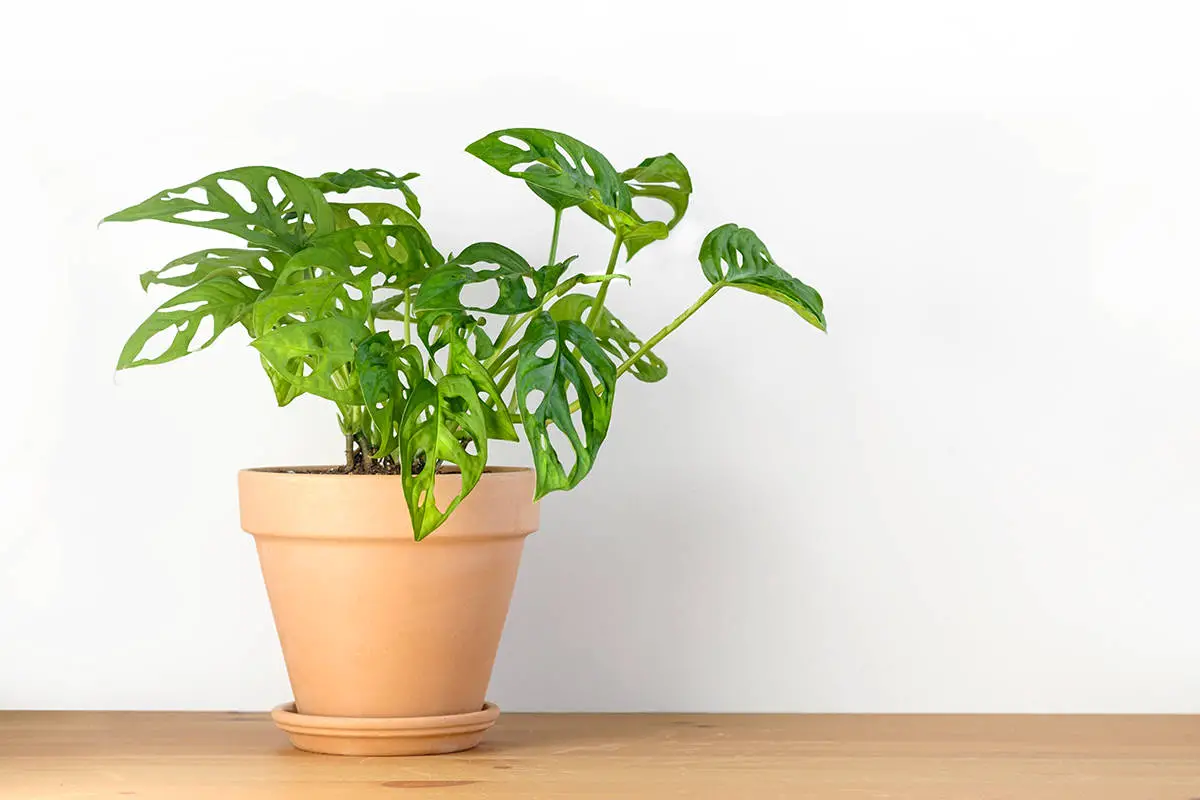
- Origin: Native to Central and South American rainforests.
- Hardiness Zone: Thrives in USDA zones 10b-11.
- Sun Requirements: Prefers bright, indirect light for optimal growth.
- Height: Can grow up to 10-12 feet given the proper support.
Monstera adansonii, often known as the Swiss cheese plant, intrigues you with its unique leaves. You’ll recognize it by the holes in its leaves. This species thrives well indoors, making it suitable for your home.
The Swiss cheese plant is admired for its vining nature. It easily climbs with proper support, like a moss pole. You’ll find caring for your Monstera adansonii straightforward, as it’s adaptable and resilient. To keep your plant healthy, you should water it when the soil starts to dry out. Ensure you have well-draining soil, as it prevents root rot.
Monstera Obliqua
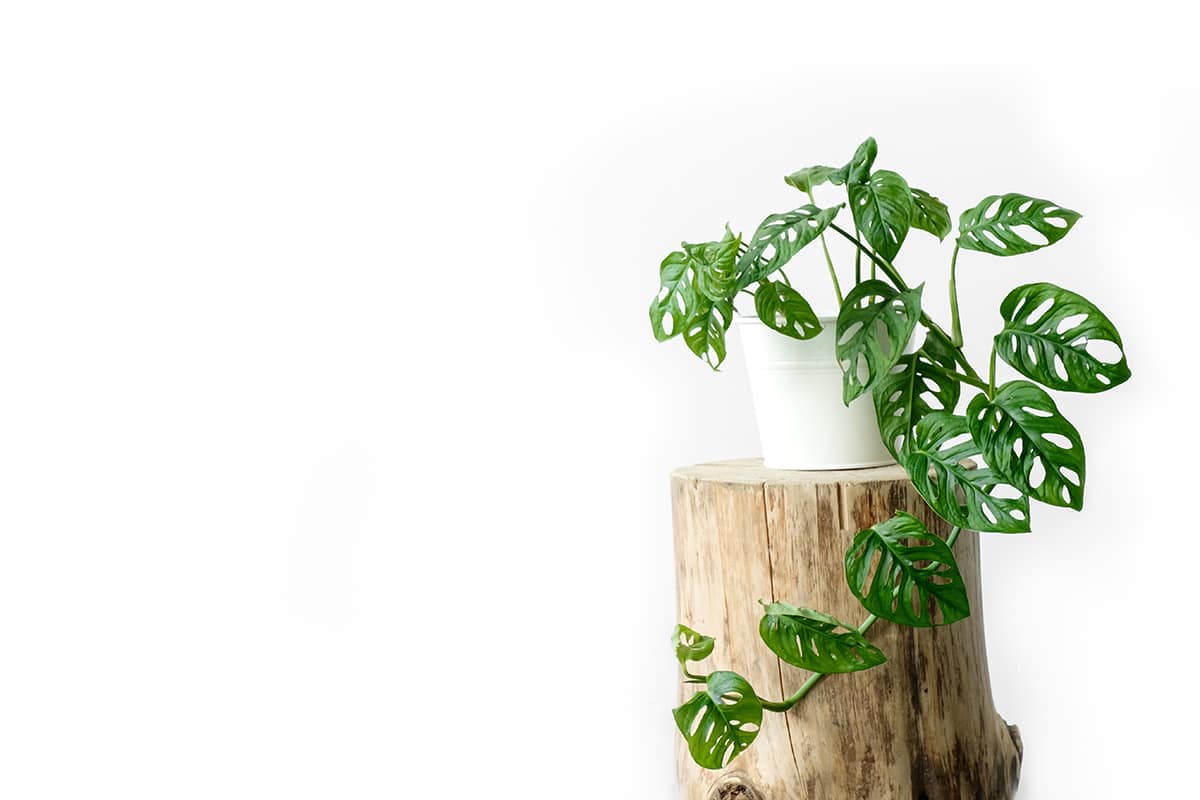
- Origin: native to the rainforest understory of Central and South America.
- Hardiness Zone: suitable for USDA zones 10b to 11.
- Sun Requirements: enjoys bright, indirect light but can tolerate shade.
- Height: slow-growing, can reach several meters indoors with support.
Monstera Obliqua is a rare variety known for its perforated leaves. It thrives in a tropical environment, different from its other family members. Recognizing Monstera Obliqua is easy with the right information.
This plant has a delicate nature, and caring for it requires a gentle touch. Keep the soil consistently moist but not waterlogged, and ensure high humidity and temperature to simulate its natural habitat.
Monstera Siltepecana
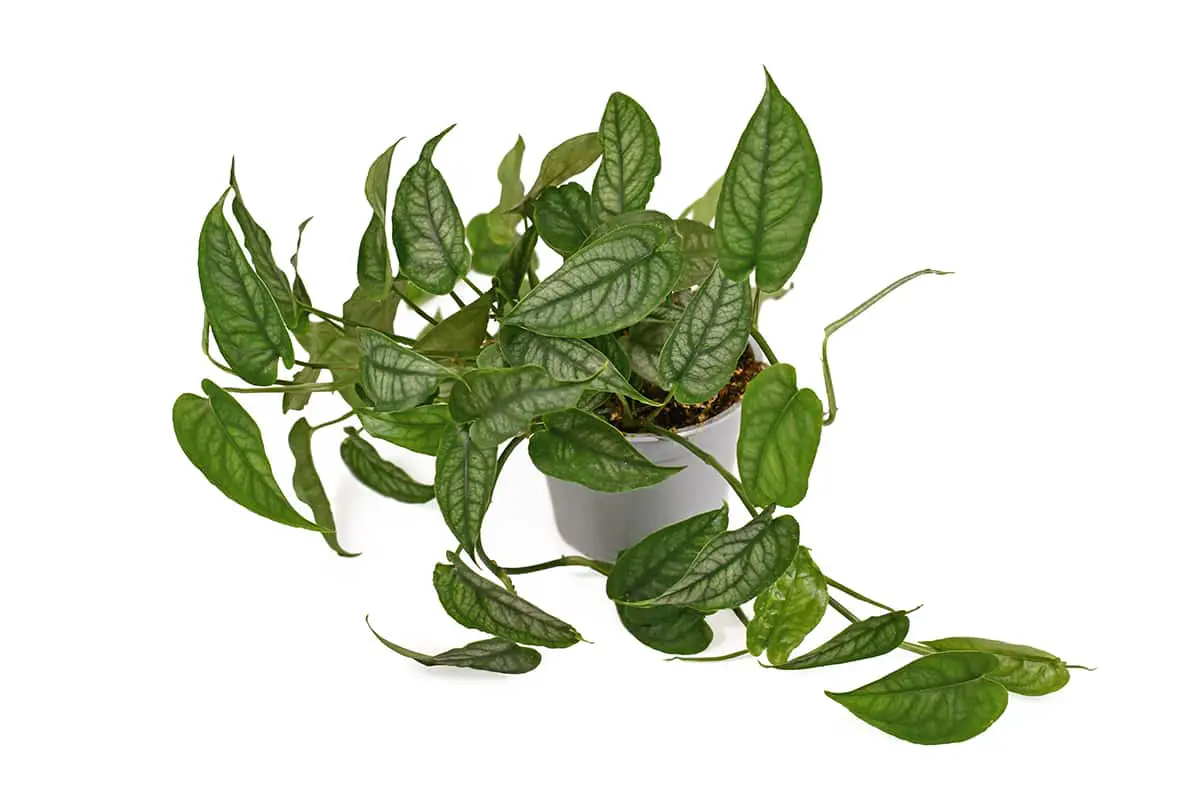
- Origin: Native to tropical regions in Central America
- Hardiness Zone: Thrives in USDA Zones 10-12
- Sun Requirements: Prefers bright, indirect light
- Height: Can grow up to 10 feet with proper support
Monstera Siltepecana is a vining plant known for its unique foliage. This species thrives under specific conditions that you might want to replicate to cultivate it effectively. You’ll recognize it by its striking leaves that develop a silver sheen between the veins.
You’ll find Monstera Siltepecana’s leaves small when young. As it matures, the foliage often gains more pronounced splits and holes. Ensure you provide a stake or trellis for support, as this allows the Monstera to climb, mirroring its natural growth habit.
Care for your Monstera Siltepecana involves regular watering, but be sure to let the soil dry slightly between sessions. This species is less common than others, but provides aesthetic appeal with its distinctive leaf pattern and structure.
Monstera Borsigiana
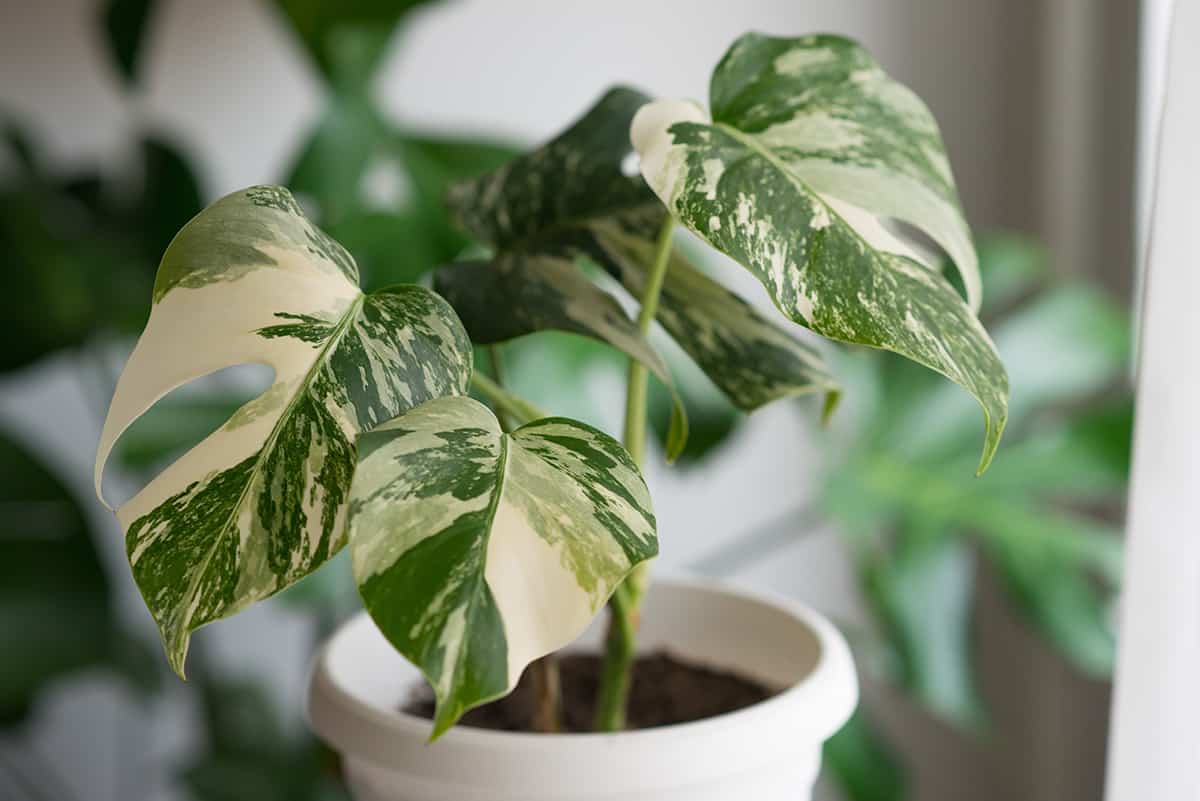
- Origin: Native to Central America
- Hardiness Zone: Suitable for USDA zones 10-12
- Sun Requirements: Thrives in bright, indirect light
- Height: Grows up to 8 feet indoors
Monstera Borsigiana is a variant of the well-known Monstera deliciosa. This type is easier to care for due to its smaller size, and it can thrive in your home if you provide the right conditions. Its leaves are glossy, heart-shaped, and may develop splits as they mature.
To ensure the health of your Monstera Borsigiana, keep the soil consistently moist. However, avoid overwatering to prevent root rot. Using a peat-based potting mix can help maintain the necessary moisture levels. Regular pruning will keep your plant healthy and encourage more vigorous growth.
Monstera Pinnatipartita
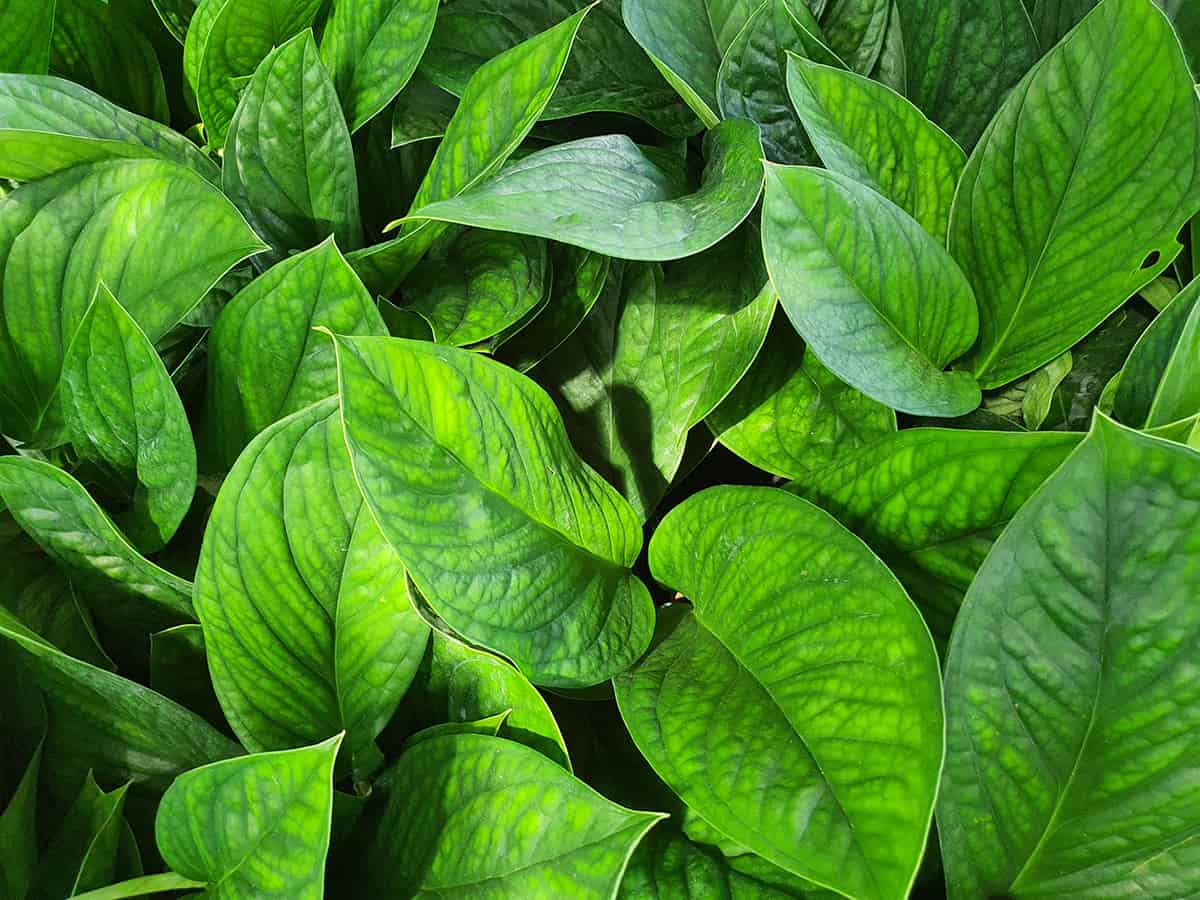
- Origin: Native to South American rainforests.
- Hardiness Zone: Suitable for USDA zones 10b-11.
- Sun Requirements: Thrives in bright, indirect light.
- Height: Can reach up to 10 feet indoors.
Monstera Pinnatipartita is a distinct species in the Monstera genus. It stands out for its deeply divided leaves. As it matures, the foliage evolves, exhibiting more pronounced fenestrations.
You’ll find Monstera Pinnatipartita is less common than other types. It requires high humidity to replicate its natural habitat, and the plant displays a climbing growth pattern.
Care for Monstera Pinnatipartita involves regular watering. Ensure you allow the soil to dry out partially between waterings, and use a well-draining soil mix to prevent root rot. To support growth, provide Monstera Pinnatipartita with a moss pole or trellis. Pruning is not typically necessary but can encourage bushier growth. Keep it away from direct sunlight to avoid leaf burn.
Monstera Standleyana
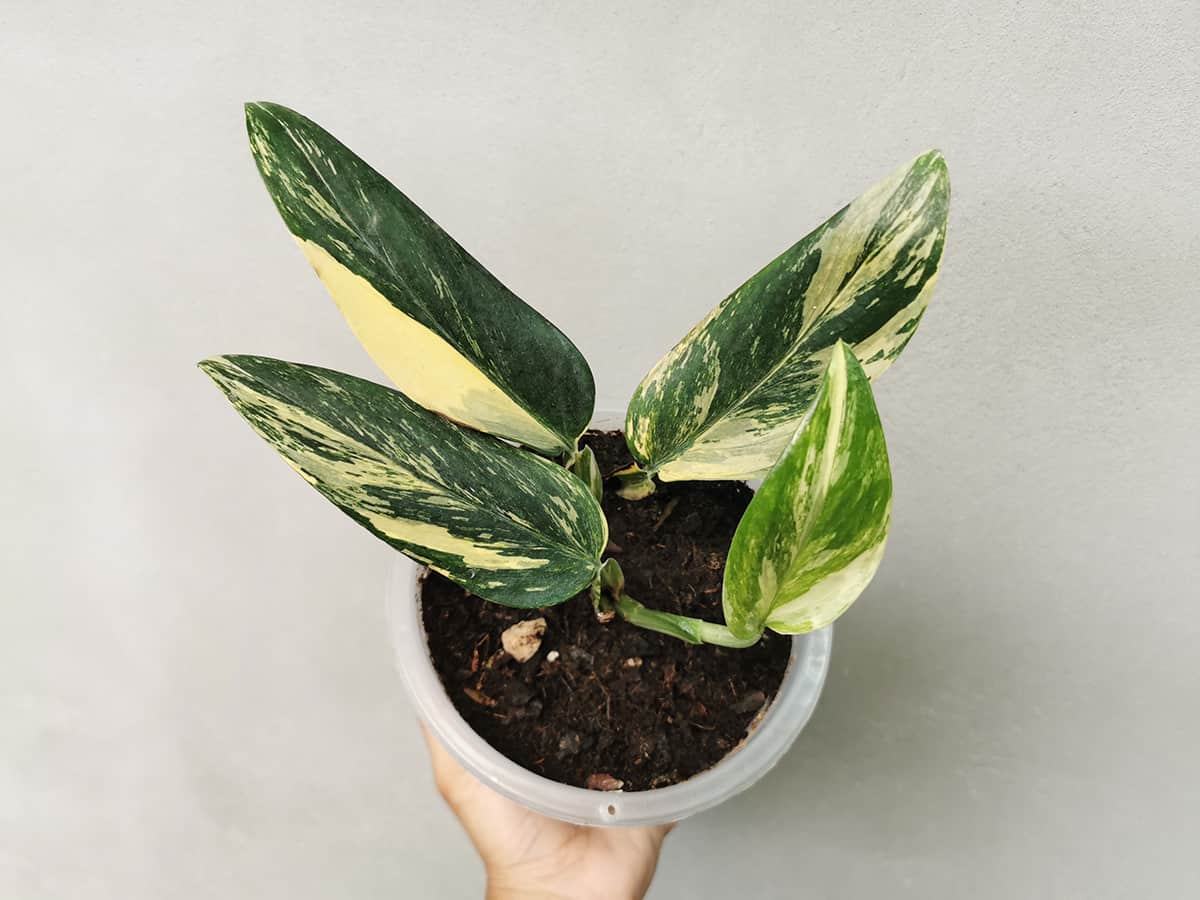
- Origin: Central America
- Hardiness Zone: 9b to 11
- Sun Requirements: Bright, indirect light
- Height: Can reach up to 6 feet (indoors)
The Monstera Standleyana is a distinctive plant. You can identify it by its long, glossy leaves with speckled variegation. It originates from the rainforests of Central America, and this Monstera variety requires warm conditions to thrive and often features in indoor plant collections for its unique appearance.
You will find its care similar to other Monstera types. Your Monstera Standleyana prefers high humidity and well-draining soil. Allow the soil to dry out partially between waterings to avoid root rot.
Monstera Acuminata
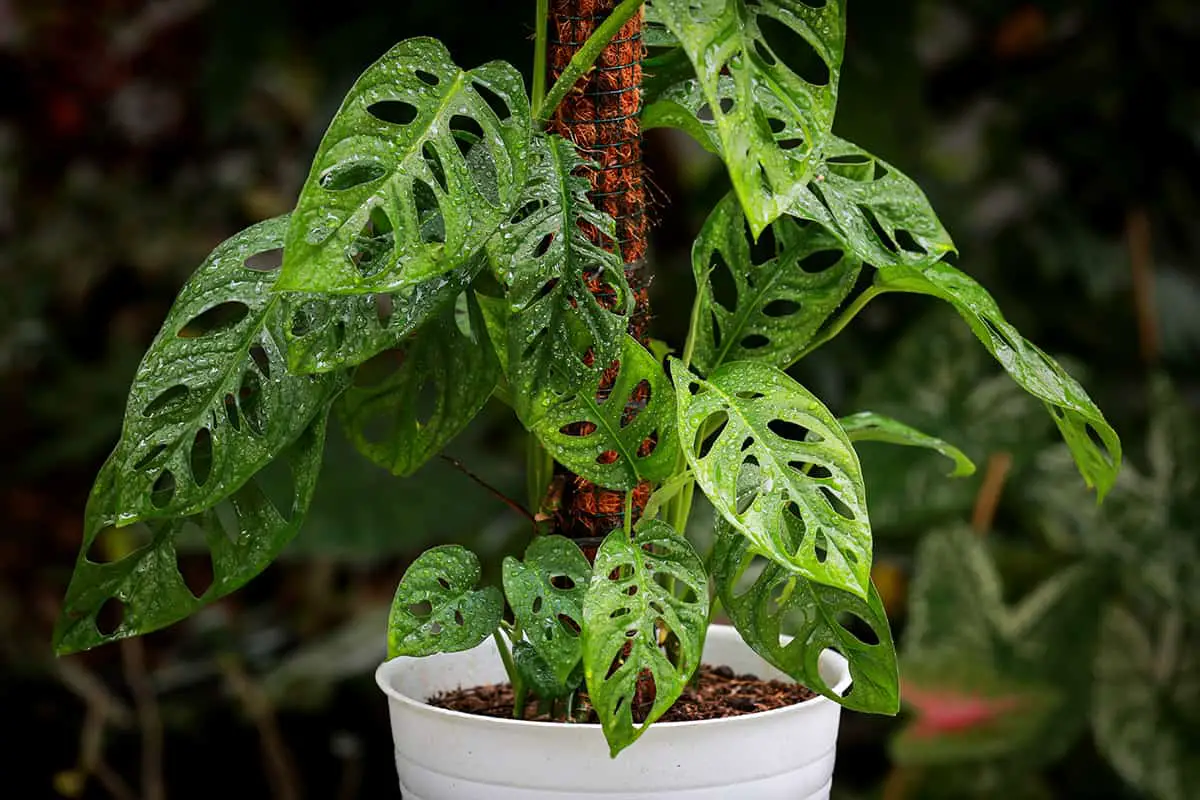
- Origin: Central America
- Hardiness Zone: 10-12
- Sun Requirements: Bright, indirect light
- Height: Can climb or trail over 20 feet
Monstera Acuminata is a tropical plant you may find intriguing. This vine, native to the rainforests, thrives in warm, humid conditions. It’s known for its glossy, heart-shaped leaves that develop distinctive fenestrations with age.
As a plant enthusiast, you’ll appreciate Monstera Acuminata’s low-maintenance nature. It adapts well to indoor environments, making it suitable for your home or office. Provide it with well-draining soil and occasional watering to keep it thriving.
When you grow Monstera Acuminata, ensure it has a support structure, as this allows it to mimic its natural climbing habit. Proper support also encourages larger leaf development, and you should prune as needed to maintain your desired shape and size.
Monstera Dubia
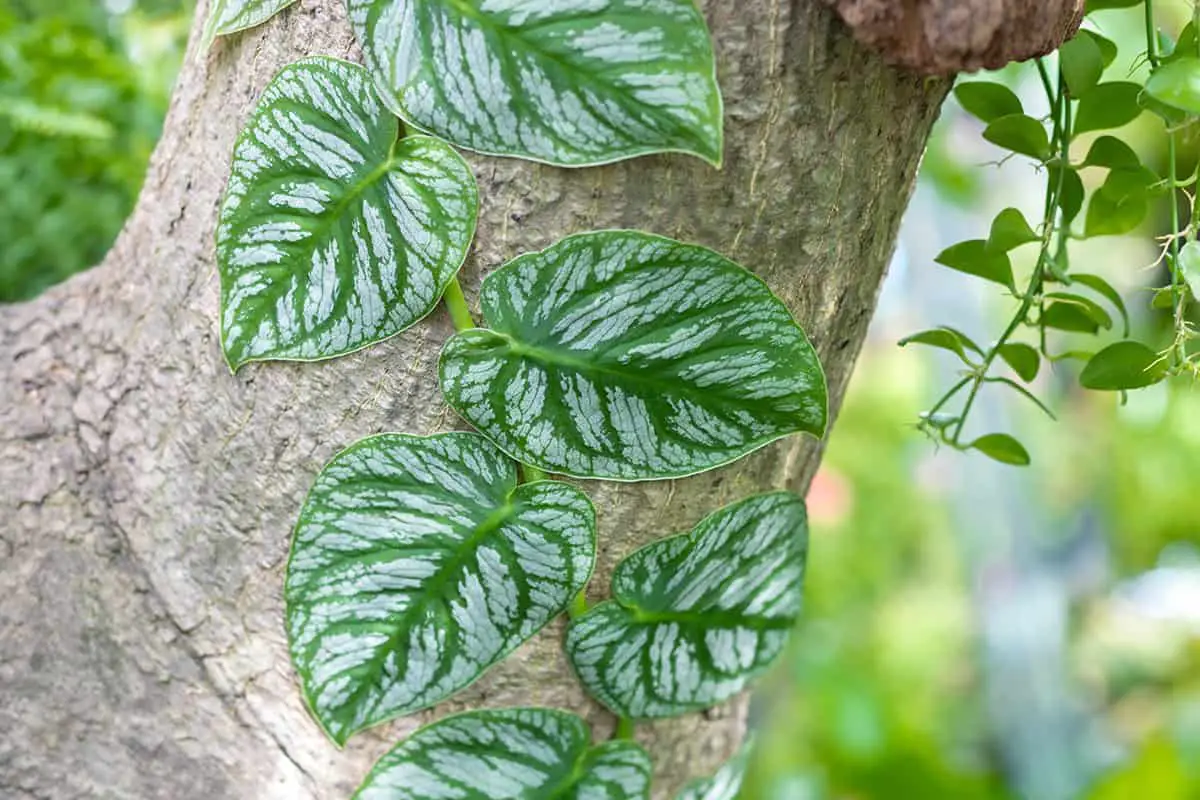
- Origin: Tropical forests of Central and South America
- Hardiness Zone: Preferably 10-12; not tolerant of frost
- Sun Requirements: Bright, indirect light; avoid direct sunlight
- Height: Can climb up to 3 feet or more indoors
Monstera Dubia is a distinctive plant. Unlike other Monsteras, it’s known for its shingle-like leaves that lie flat against wooden surfaces. This vining plant is native to the tropical forests of Central and South America.
In your home, this plant will thrive when provided with the right conditions. It prefers a warm and humid environment, similar to its natural habitat.
Monstera Dubia grows well indoors with some support, like a moss pole. Its unique leaves change shape as it matures, providing an ever-evolving display. The leaves develop holes and splits as the plant ages, making it a dynamic addition to your indoor plant collection. Keep the soil consistently moist but not waterlogged to maintain its health.
Monstera Esqueleto
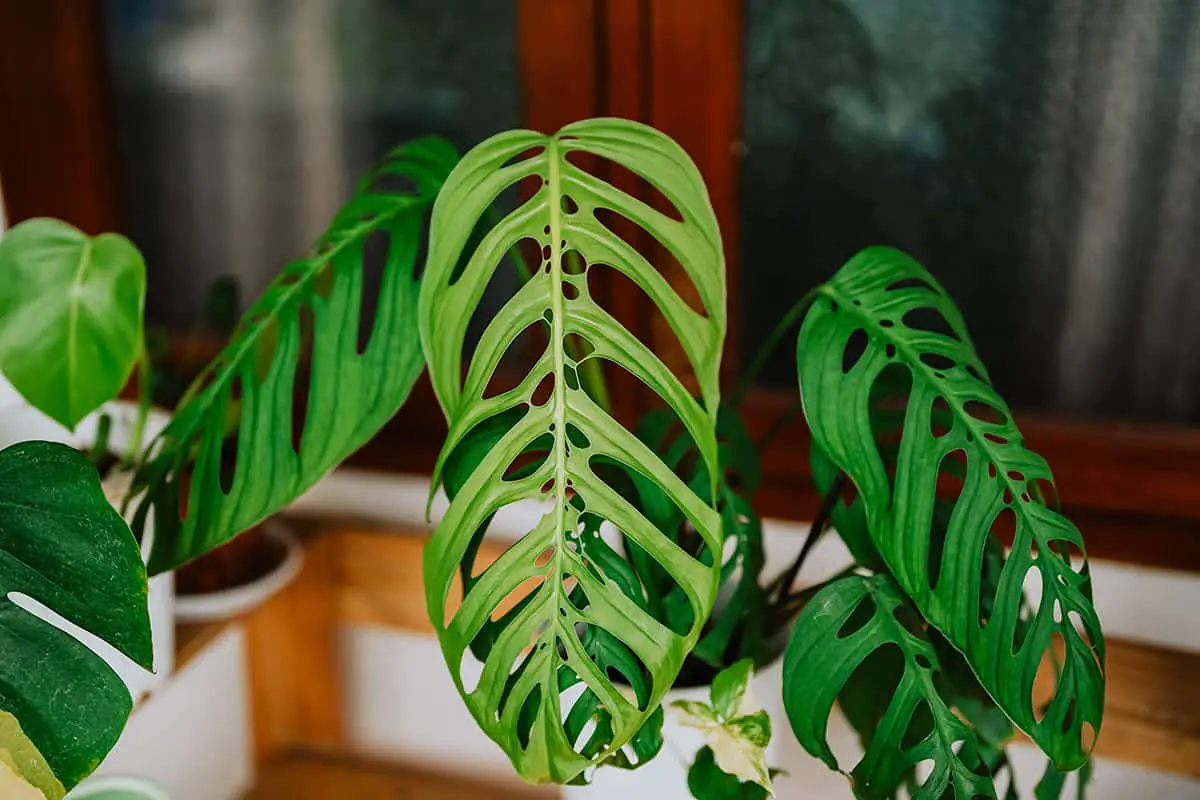
- Origin: Native to Central America
- Hardiness Zone: Thrives in USDA zones 10-12
- Sun Requirements: Bright, indirect light suits it best
- Height: Can grow up to 6-10 feet indoors
Monstera Esqueleto is a unique houseplant. You may find its large, perforated leaves striking. They resemble a skeletal structure. This Monstera variety stands out in any plant collection.
Its care is similar to other Monsteras. This plant prefers humid conditions. Ensure to provide well-draining soil. Regular watering keeps it healthy when the soil’s top inch is dry.
In your home, the Esqueleto becomes a focal point. Its leaves grow large, with deep lobes and fenestrations. It’s less common than its relative, the Monstera deliciosa. Yet, its beauty is comparable.
Keep your pets away from Monstera Esqueleto. Its leaves have calcium oxalates, which can be harmful if ingested. Always wash your hands after handling the plant to prevent irritation.
Monstera Lechleriana
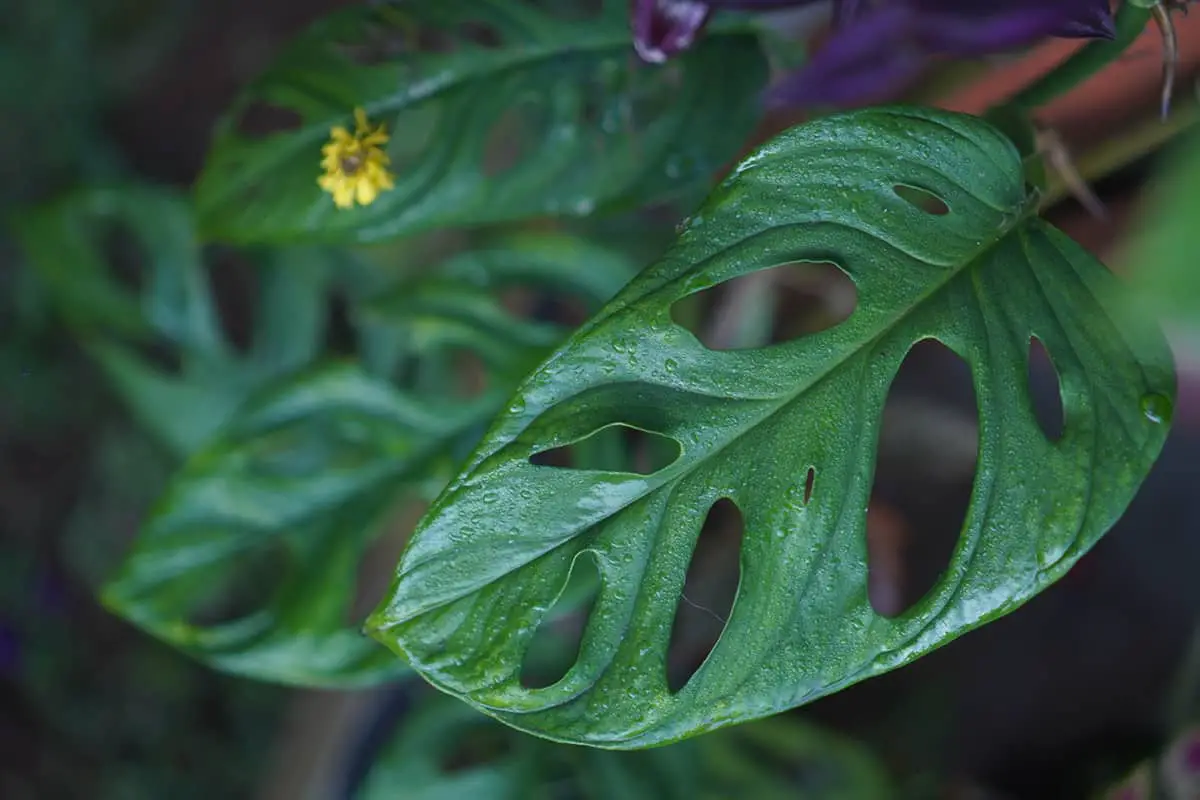
- Origin: Native to Central and South American rainforests.
- Hardiness Zone: Suitable for USDA zones 10b-11.
- Sun Requirements: Prefers bright, indirect light.
- Height: Grows up to 10-15 feet in natural habitat.
Monstera Lechleriana is a distinct variety of the Monstera family. Known for its perforated leaves, this plant adds aesthetic appeal to your space. You’ll find its elongated, heart-shaped leaves an intriguing aspect of its appearance.
Monstera Lechleriana thrives in humid conditions similar to its tropical origins. Ensure you provide ample moisture without overwatering for optimal growth. Its climbing nature may require support as it matures.
This plant is not only attractive but also less common than other Monsteras. It can bring a unique tropical touch to your indoor garden. As it grows, the leaves develop more pronounced splits and holes.
Caring for your Monstera Lechleriana, you should allow the soil to dry out slightly between watering. Regularly check for pests and dust to keep the leaves healthy. Witnessing the development of new perforations in the foliage is truly rewarding.
Monstera Epipremnoides
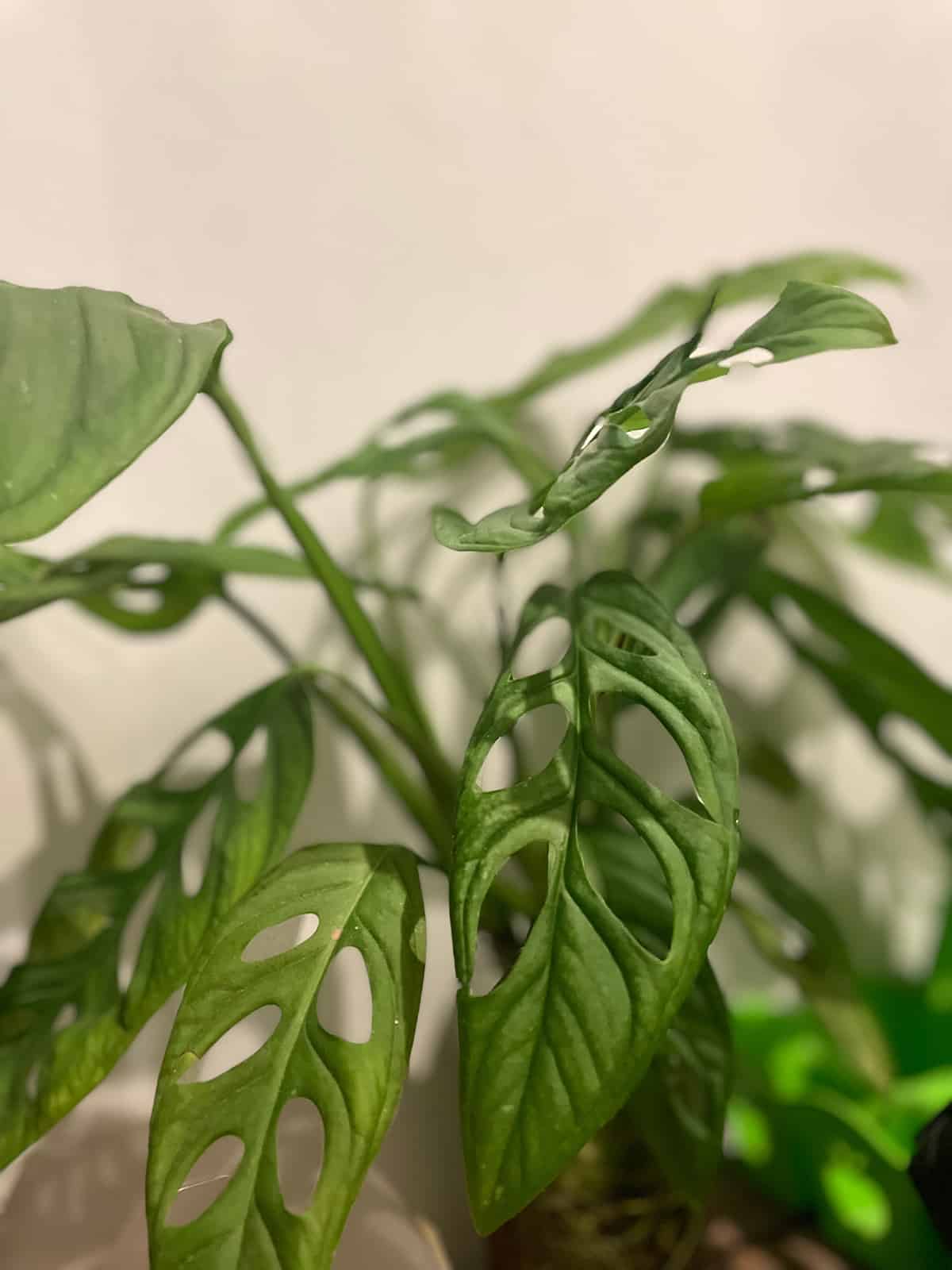
- Origin: Central America
- Hardiness Zone: 10b-11
- Sun Requirements: Bright, indirect light
- Height: Can grow up to 13 feet
Monstera Epipremnoides, often known for its striking foliage, is an attractive houseplant. You’ll find its leaves have a distinctive, fenestrated pattern. This type thrives in specific conditions, similar to its relative, the Monstera deliciosa.
When caring for Monstera Epipremnoides, remember it prefers indirect light. Strong sun can damage its leaves, so a location with filtered light is ideal. Ensure the soil stays moist but not waterlogged. Proper care encourages steady growth and leaf development.
Your Monstera Epipremnoides should thrive if you maintain a balance of humidity and light. It’s an evergreen vine, meaning it will keep its foliage year-round, providing perpetual greenery for your space.
Monitor your plant for signs of distress, like yellowing leaves, which often indicate improper watering or lighting. Adjust your care routine accordingly to keep your Monstera Epipremnoides flourishing.
Monstera Spruceana
- Origin: South American Rainforests
- Hardiness Zone: Typically 10-12
- Sun Requirements: Bright, indirect light
- Height: Can reach up to 6 feet indoors
Monstera Spruceana is a tropical plant. Its origins trace back to the rainforests of South America. This plant prefers a warm climate and thrives indoors with the right care.
For your Monstera Spruceana, choose a spot with bright, indirect sunlight. Too much direct light can damage its leaves, whereas low light may slow its growth. It’s a plant that loves balance in lighting.
The ideal environment for Monstera Spruceana is one that mimics its natural habitat. This includes high humidity and temperatures between 65°F and 85°F (18°C – 29°C). Regular misting can help meet its humidity requirements.
Remember to provide support for your Monstera Spruceana. As it grows, it will enjoy climbing, similar to its behavior in the wild. A moss pole or trellis works well for this purpose.
Monstera Subpinnata
- Origin: Native to Central and South America
- Hardiness Zone: Thrives in USDA Zones 10b-11
- Sun Requirements: Prefers bright, indirect light
- Height: Can reach up to 10 feet tall under optimal conditions
Monstera Subpinnata is a striking tropical plant. You may identify it by its deeply fenestrated leaves. People often admire this plant for its unique, ornamental value.
Care for Monstera Subpinnata follows simple guidelines. You should ensure it receives adequate light without direct sun exposure. Its climbing nature will require support as it grows taller.
Your Monstera Subpinnata will thrive with regular watering. However, you must let the soil dry out between watering sessions. Over-watering can harm your plant, so stay vigilant.
Monstera Peru
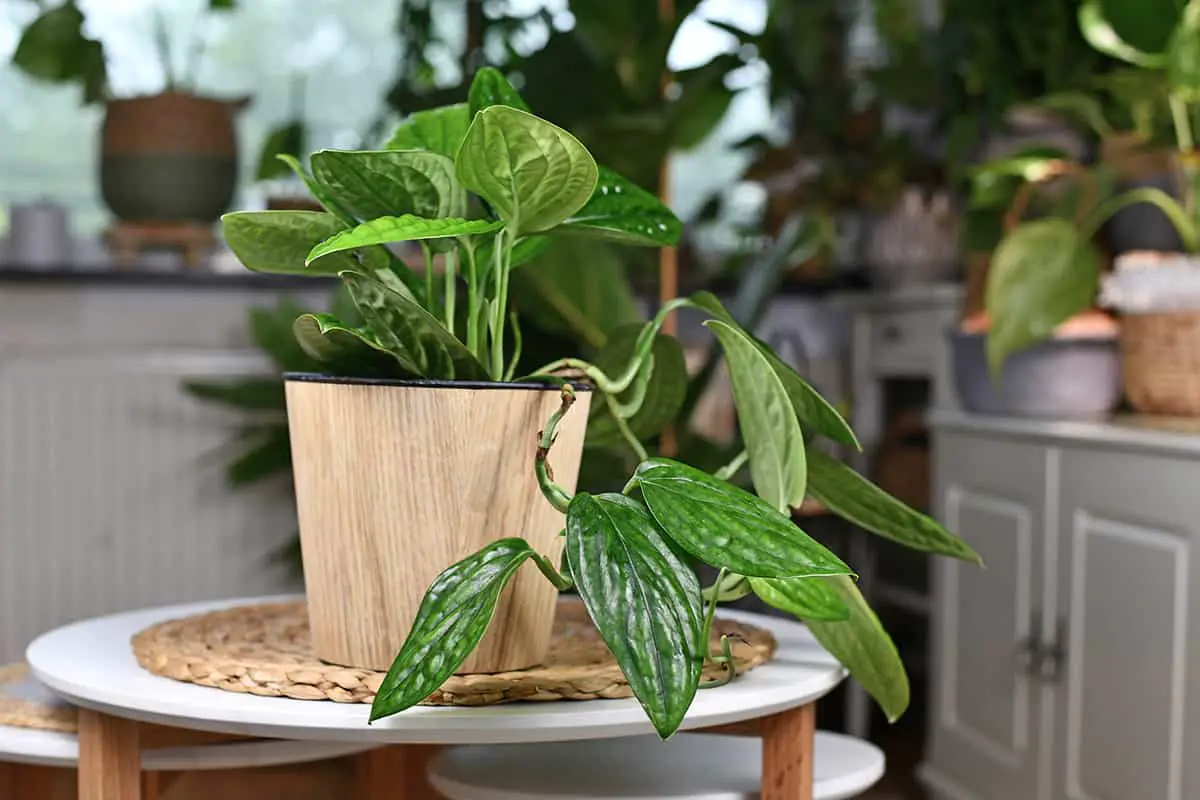
- Origin: Peru and Central America
- Hardiness Zone: 10 to 12
- Sun Requirements: Bright, indirect light
- Height: Generally reaches up to 2 feet
Monstera Peru, also known as Monstera karstenianum, is a unique type of Monstera. You’ll recognize this plant by its distinctive, textured leaves. They are smaller and more succulent than those of its well-known relative, Monstera deliciosa.
This plant thrives in a warm environment. It’s essential to keep your Monstera Peru in proper conditions to maintain its health. Consider its native habitat to emulate the best growing environment.
Monstera Peru enjoys climbing, so providing a support structure will encourage its growth. Its care is straightforward: keep the soil moist and provide it with high humidity. Your Monstera Peru will be a standout piece in your indoor plant collection.
Monstera ‘Mint’
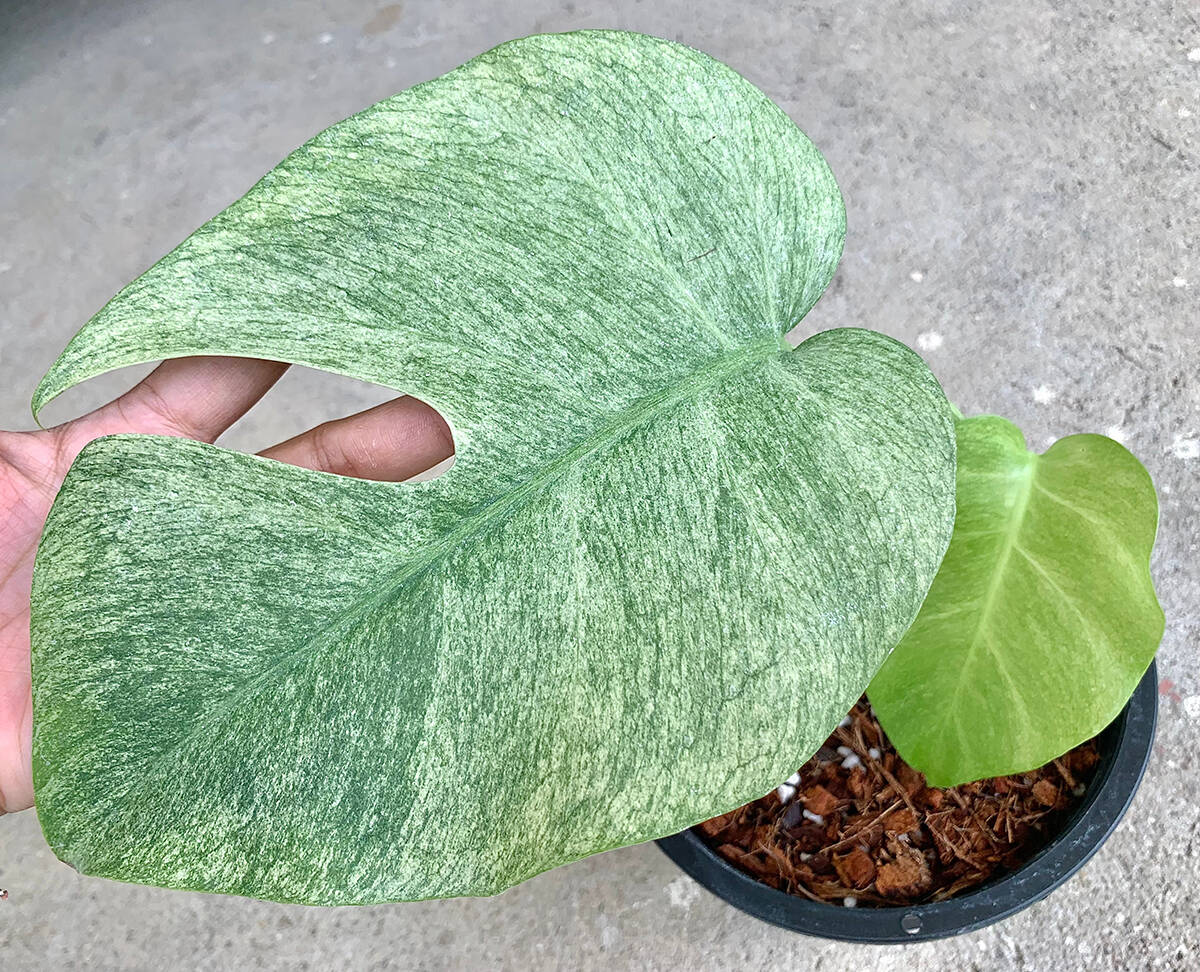
- Origin: Tropical rainforests of Central and South America
- Hardiness Zone: Typically 10-12 indoors
- Sun Requirements: Bright, indirect light enhances variegation
- Height: Mature plants can reach up to 8 feet indoors
Monstera ‘Mint’ is a rare variety you might find intriguing. It’s appreciated for its unique, minty variegated patterns. Each leaf showcases a blend of green shades that may remind you of spearmint. This plant can bring a refreshing touch to your indoor garden.
Caring for your Monstera ‘Mint’ involves providing it with a humid environment. You should also support this climbing plant with a trellis or pole to help it thrive in your space. It’s similar to caring for the more common Monstera deliciosa, but you need to be mindful of light exposure. Too much direct sunlight can harm the delicate variegation.
